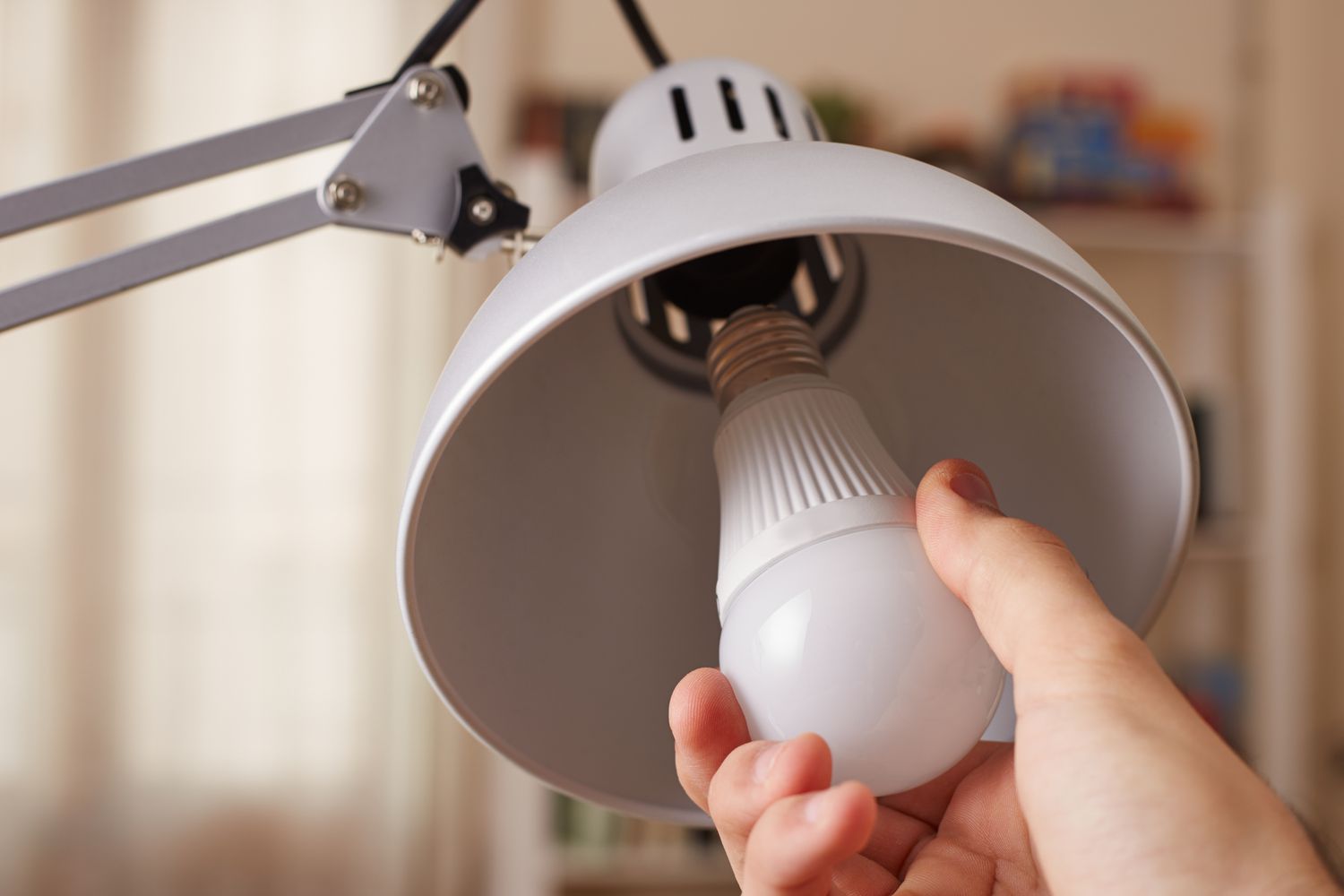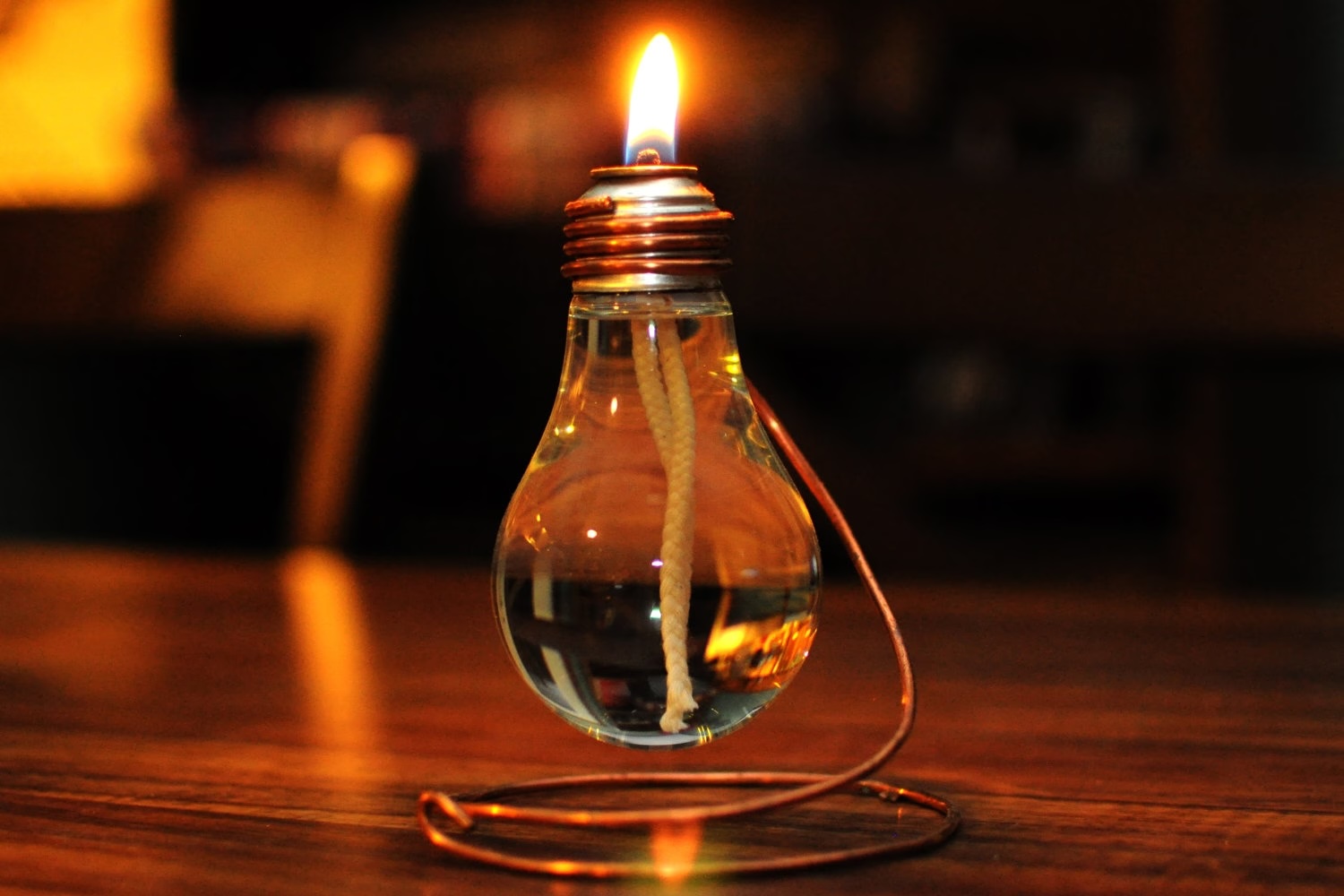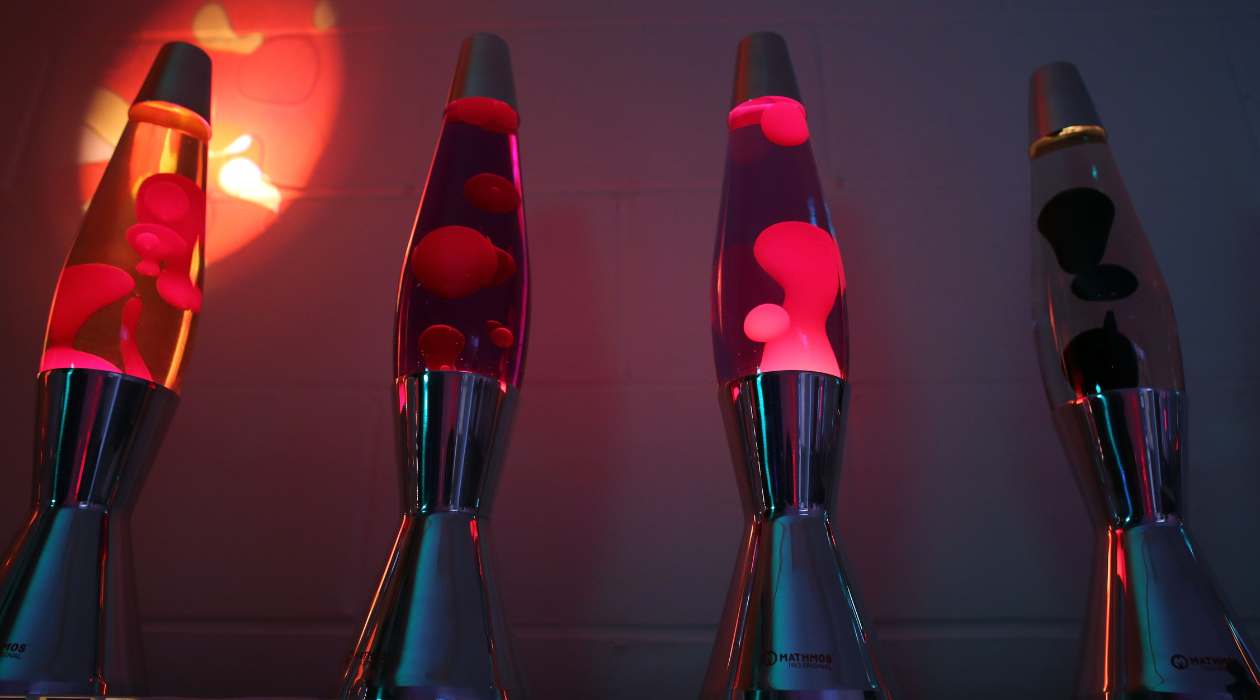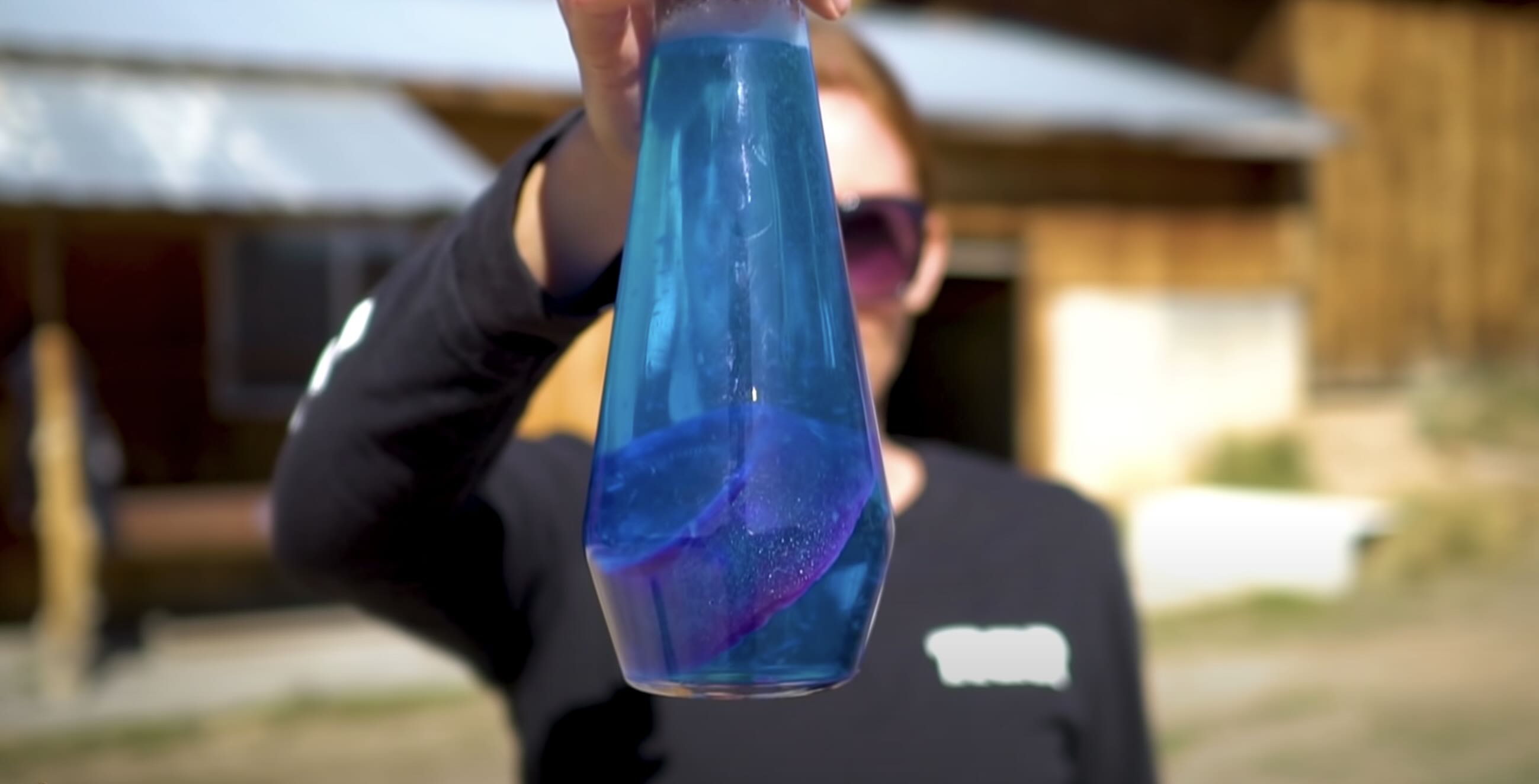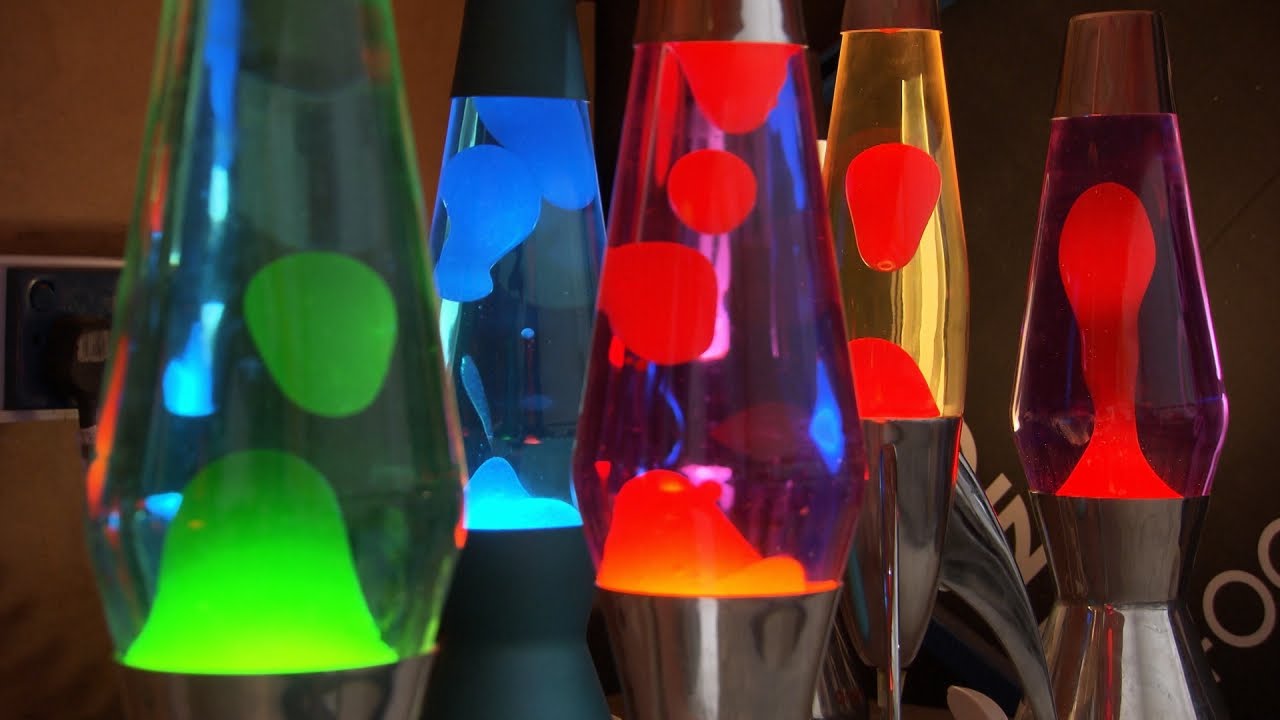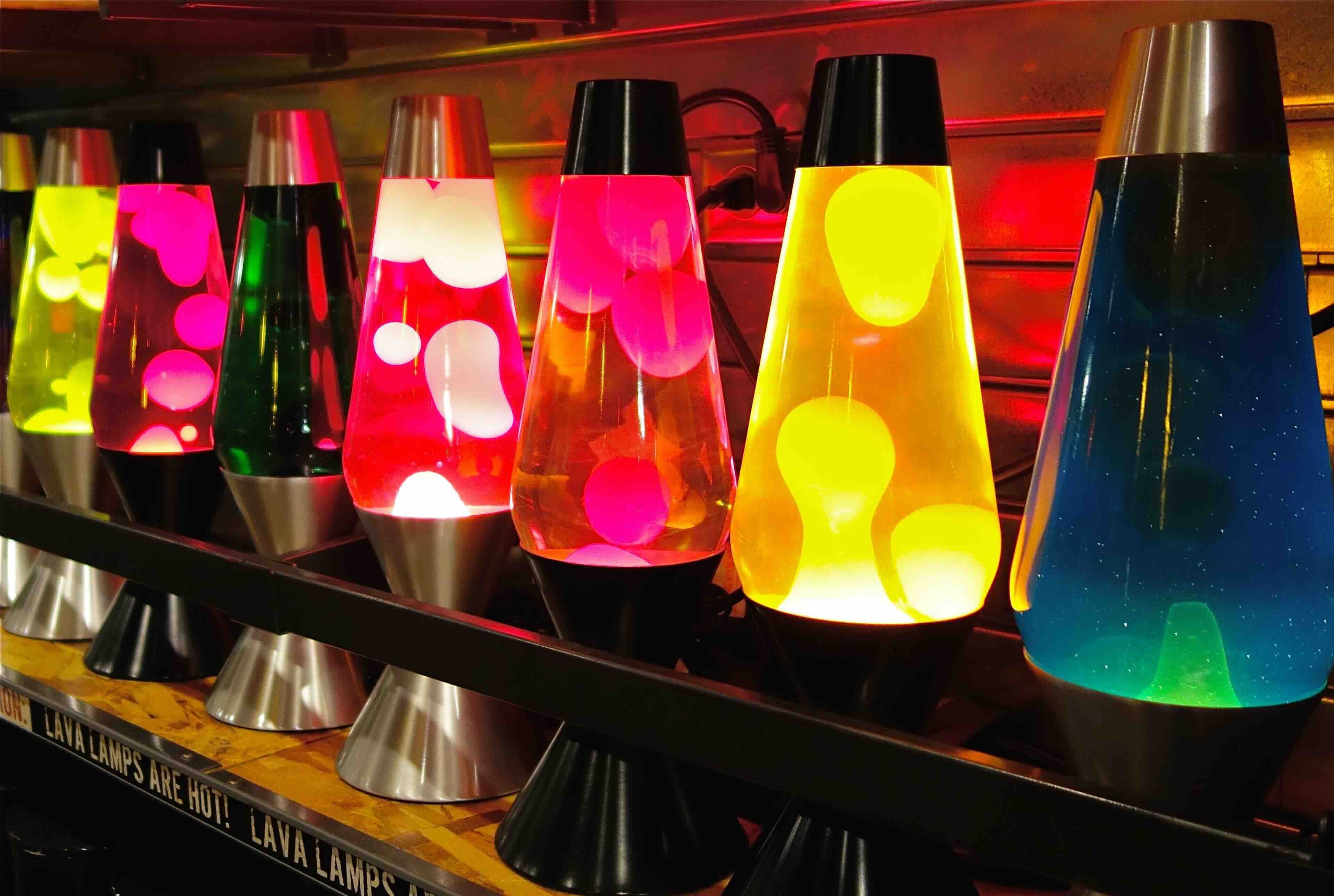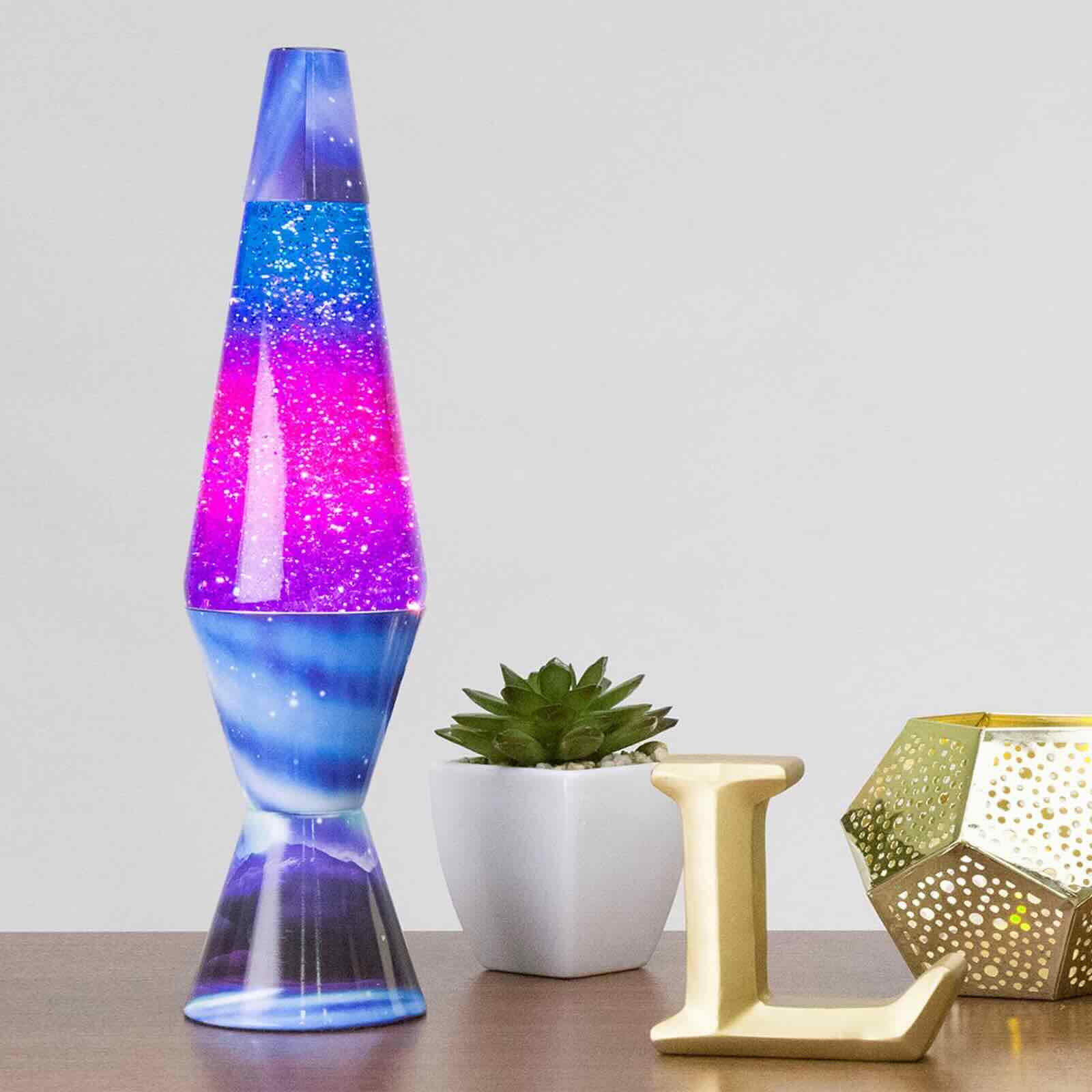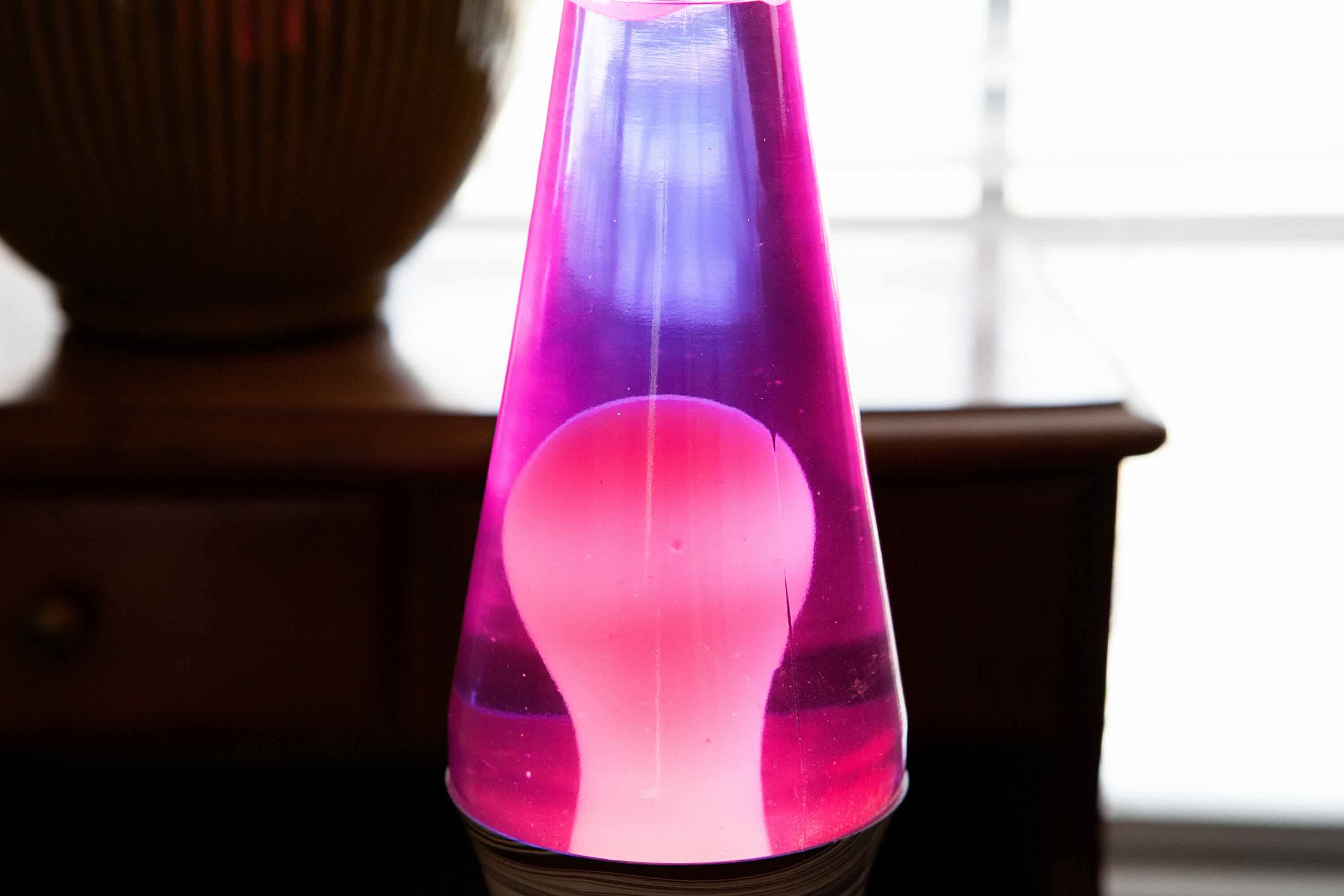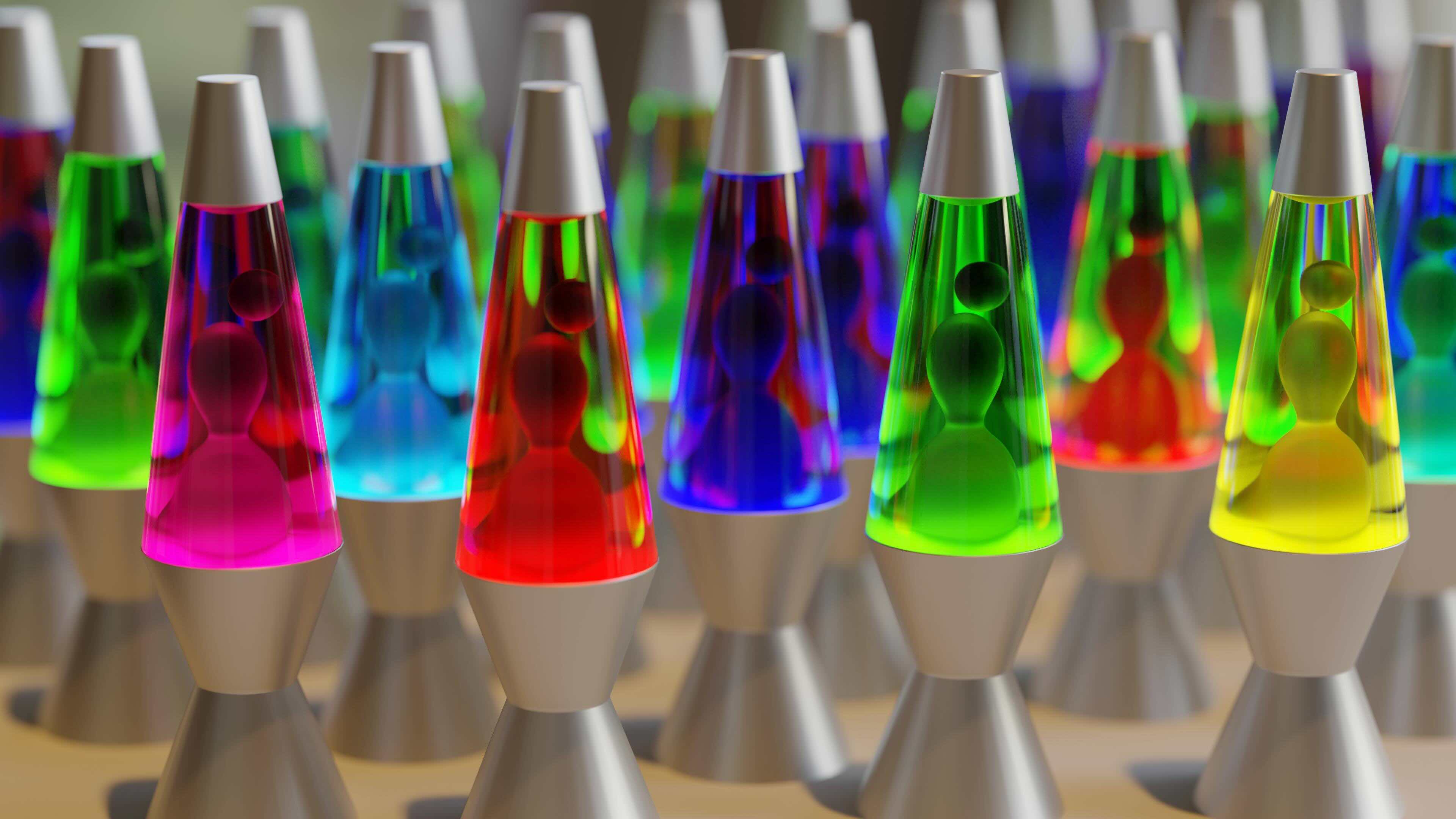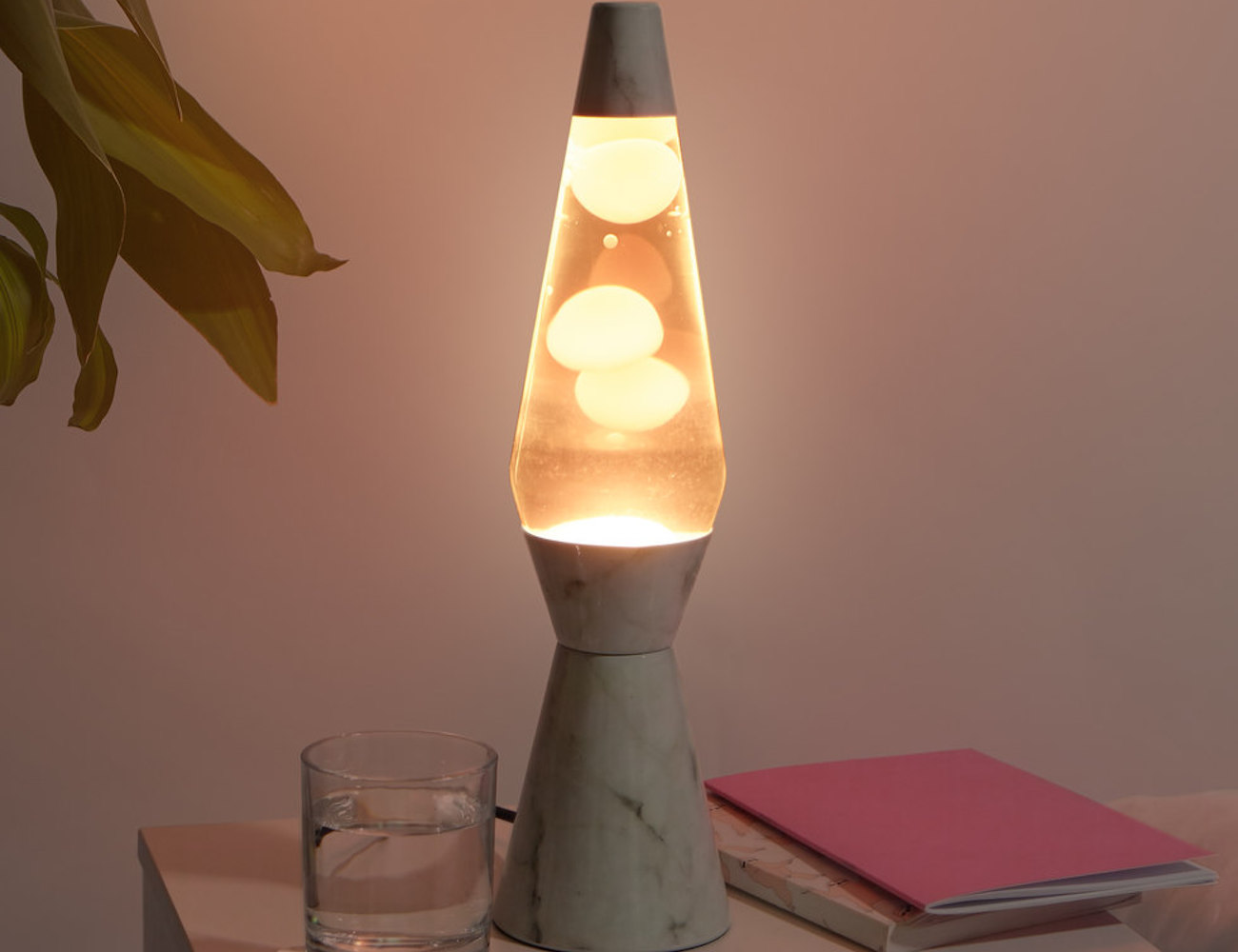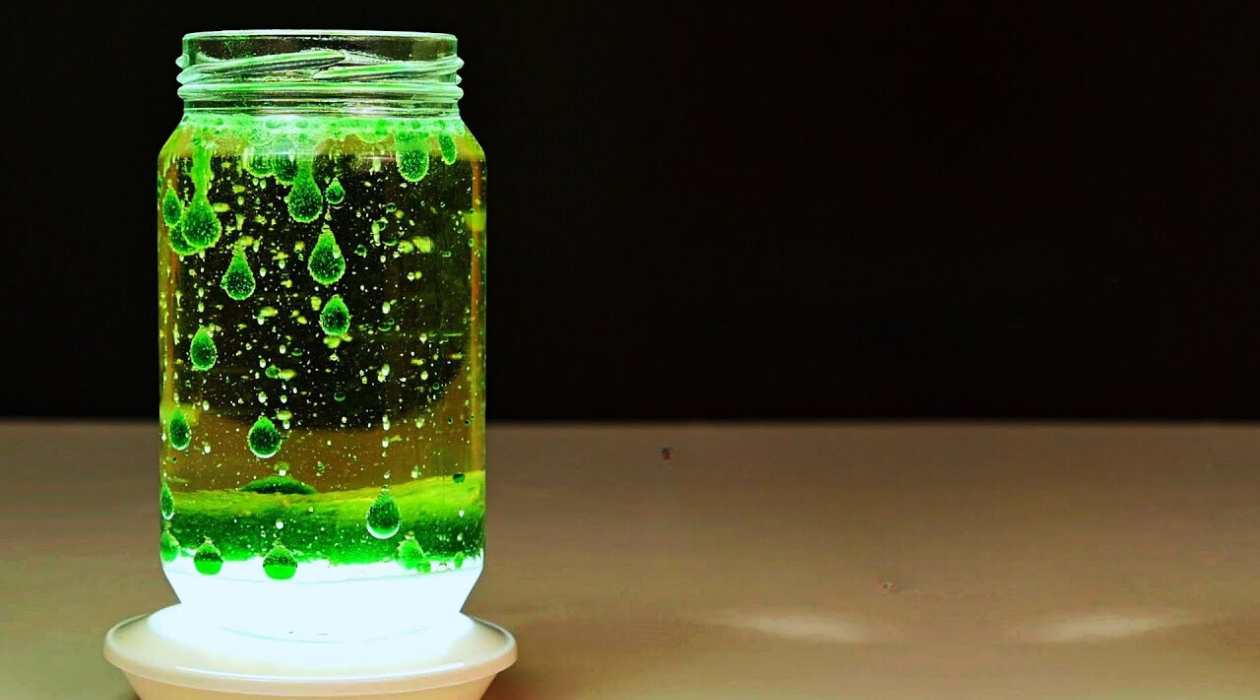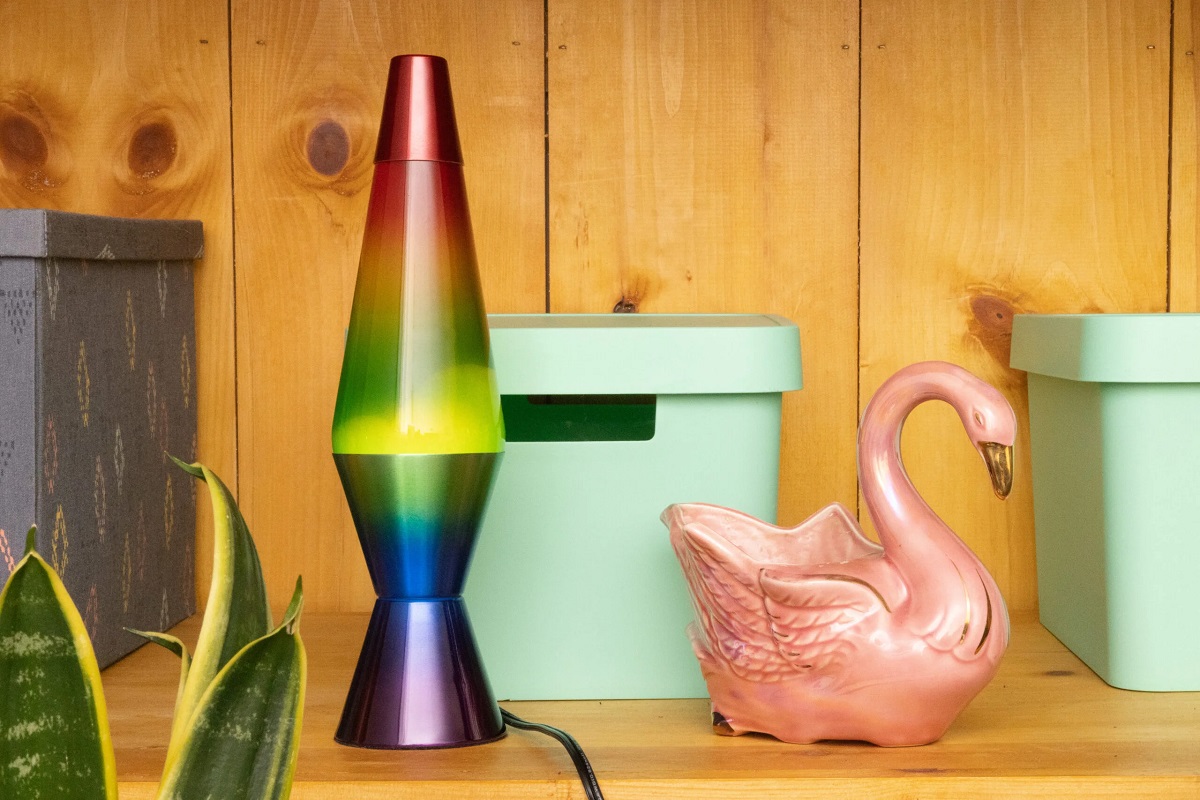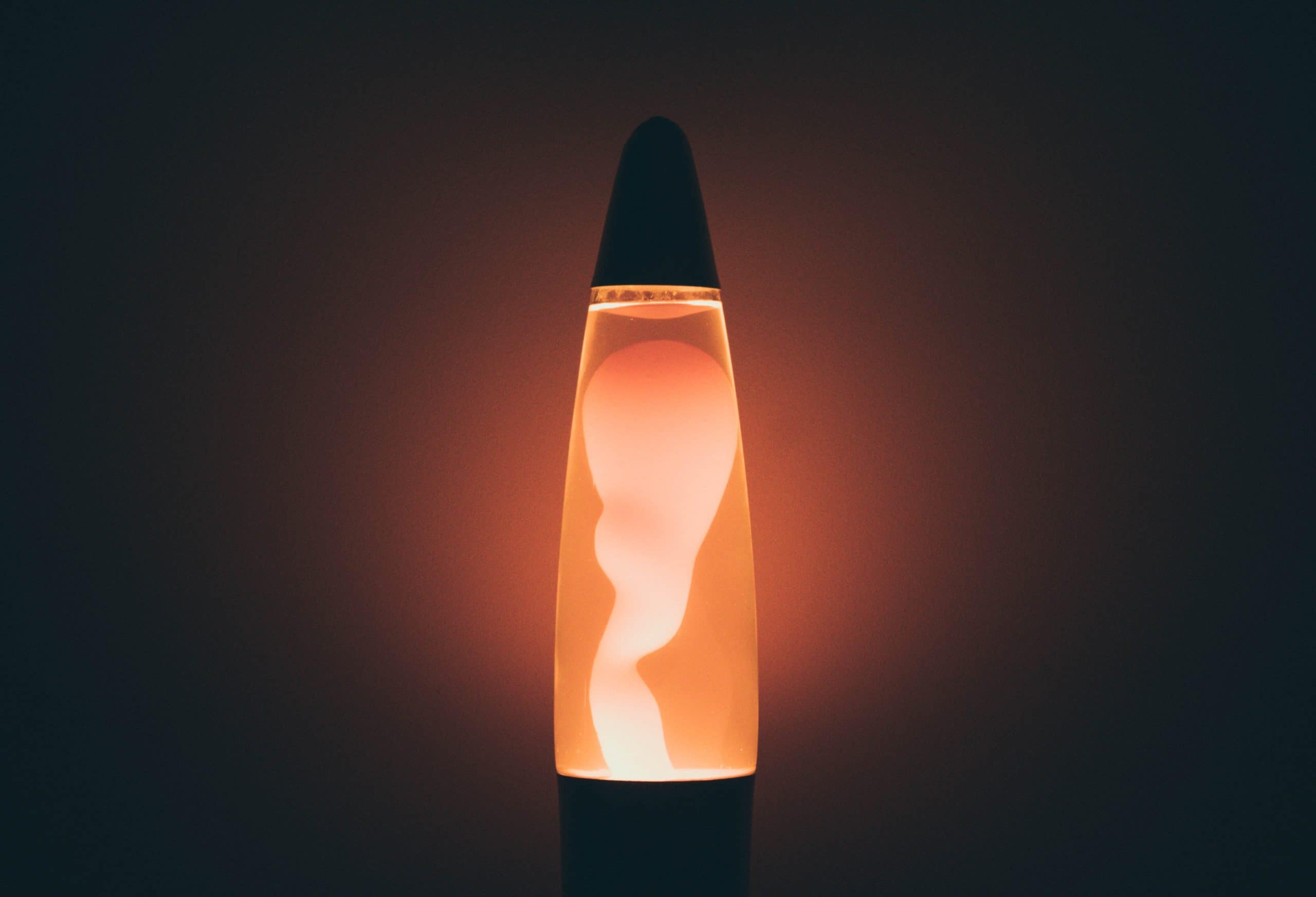

Furniture
How To Dispose Of A Lava Lamp
Modified: February 25, 2024
Looking to dispose of a lava lamp? Find out the safest and most eco-friendly ways to get rid of furniture, including lava lamps, with our step-by-step guide.
(Many of the links in this article redirect to a specific reviewed product. Your purchase of these products through affiliate links helps to generate commission for Storables.com, at no extra cost. Learn more)
Introduction
Are you wondering how to dispose of a lava lamp that you no longer need or want? Lava lamps have long been a popular and funky decor item, but there may come a time when you need to get rid of one. Whether it’s because the lamp is old and no longer functioning properly or you’re simply looking to declutter your space, proper disposal is important. In this article, we will guide you through the steps to safely and responsibly dispose of a lava lamp.
Lava lamps, also known as motion lamps or liquid motion lamps, consist of a glass container filled with a special liquid and wax mixture. When the lamp is turned on, the heat from the light bulb underneath causes the wax to melt and rise to the top of the lamp in mesmerizing patterns. While lava lamps can bring a unique ambiance to any space, they can also be a source of concern when it comes to disposal.
It’s important to note that lava lamps contain several potentially hazardous components. The liquid inside the lamp often contains methylene chloride, which can be harmful if ingested or inhaled. In addition, the glass container and electrical components need to be properly disposed of to avoid any harm to the environment.
Before you proceed with disposing of your lava lamp, it’s essential to ensure that the lamp is no longer functional. If your lava lamp is still in good working condition and you no longer want it, consider donating or selling it to someone who can make use of it. This way, you can extend its lifespan and reduce waste.
Now let’s dive into the step-by-step process of disposing of a lava lamp safely and responsibly.
Key Takeaways:
- Dispose of a lava lamp responsibly by checking its condition, disconnecting the power, allowing it to cool, emptying its contents, and recycling or discarding its components to ensure safety and environmental sustainability.
- Consider repurposing or donating a functional lava lamp to reduce waste, and handle its potentially hazardous components with caution to ensure safe and responsible disposal.
Read more: How To Clean A Lava Lamp
Step 1: Check the Lava Lamp
Before you begin the process of disposing of your lava lamp, it’s important to check the lamp and its components thoroughly. This step will allow you to assess the condition of the lamp and determine the best course of action for disposal.
Start by examining the glass container of the lava lamp. Look for any cracks, chips, or other damage that may have occurred over time. If the glass container is broken or damaged, it is important to handle it with care to avoid injury. Wrap the broken glass in several layers of newspaper or cloth to protect yourself and others.
Next, take a look at the electrical components of the lamp, including the cord and plug. Check for any frayed wires, loose connections, or signs of damage. If the electrical components are damaged, it is recommended not to attempt repairs yourself, as this can be dangerous. Instead, consult a professional or contact the manufacturer for guidance.
Additionally, check the condition of the liquid and wax mixture inside the lamp. Over time, the wax may become discolored or deteriorate, affecting the performance of the lamp. If the wax has solidified and is no longer flowing properly, it may be time to dispose of the lamp.
By carefully assessing the condition of your lava lamp, you will be able to determine if it is safe to continue using or if it is necessary to proceed with disposal. If the lamp is in good working condition and you decide to keep it, ensure proper maintenance to prolong its lifespan.
After conducting a thorough inspection, you can move on to the next step: disconnecting the power.
Step 2: Disconnect the Power
Once you have determined that it is time to dispose of your lava lamp, the next step is to disconnect the power source. This is important to ensure your safety during the disposal process.
Start by turning off and unplugging the lava lamp from the electrical outlet. Allow the lamp to cool down completely before attempting to disconnect any cords or wires. Hot lava lamps can cause burns, so it’s crucial to give it enough time to cool off.
Next, locate the power cord attached to the lamp. Depending on the model of your lava lamp, the power cord may be removable or fixed to the base. Carefully examine the cord for any signs of damage such as frayed wires or exposed insulation. If the power cord is damaged, it is essential to handle it with caution and consider consulting a professional for assistance with disconnecting and properly disposing of it.
If the power cord is removable, gently detach it from the lamp’s base. However, if the cord is fixed, do not attempt to remove it yourself as it may be connected to internal wires. In this case, it is recommended to dispose of the entire lamp as a complete unit.
Once the power cord has been safely disconnected, you are ready to move on to the next step: allowing the lava lamp to cool down.
Remember, safety should always be your top priority when handling any electrical device, including lava lamps. Take the necessary precautions and ensure that the power is completely disconnected before proceeding with the disposal process.
Step 3: Allow the Lava Lamp to Cool Down
After disconnecting the power source, it’s crucial to allow the lava lamp to cool down completely before proceeding with the disposal process. This step ensures your safety and prevents any accidental burns or injuries.
Lava lamps operate by heating up the liquid and wax mixture inside the lamp to create the mesmerizing lava-like flow. This means that the lamp can become quite hot during operation. Give it sufficient time to cool down, which typically takes a few hours.
When touching the lamp, use caution and feel the glass container to ensure that it is no longer hot to the touch. Avoid the temptation to speed up the cooling process by placing the lamp in front of a fan or by submerging it in water. Rapid temperature changes can cause the glass to crack or shatter, which can be dangerous. Patience is key when waiting for the lamp to cool down naturally.
It’s worth noting that larger lava lamps may take longer to cool down compared to smaller ones. Take this into account and allow ample time for the lamp to reach room temperature before proceeding to the next step.
Once the lava lamp has cooled down completely, you can move on to the next step: emptying the lamp.
Remember, safety should always be a priority when dealing with hot objects. Taking the time to allow the lava lamp to cool down will help prevent any accidents or injuries while handling it.
When disposing of a lava lamp, allow it to cool completely, then pour the liquid into a sealable container and dispose of it at a hazardous waste facility. The glass and base can be recycled.
Step 4: Empty the Lava Lamp
Now that the lava lamp has completely cooled down, it’s time to empty its contents. Emptying the lamp involves removing the liquid and wax mixture, ensuring proper disposal of these components.
Start by unscrewing or removing the top cap of the lava lamp. This will give you access to the liquid and wax inside. Carefully pour the contents of the lamp into a suitable container, taking care not to spill or splash the liquid. Use a funnel if necessary to avoid any mess.
It’s important to note that the liquid inside the lava lamp contains various chemicals and substances, including methylene chloride. This chemical can be harmful if ingested or inhaled, so exercise caution during the emptying process.
Once you have emptied the liquid from the lamp, turn your attention to the wax. The wax may have solidified or clumped together during the cooling process. Using a spatula or a similar tool, gently scrape the wax out of the lamp. Place the collected wax in a separate container or bag for later disposal.
Remember, it’s important to handle the liquid and wax with care. Avoid contact with your skin, eyes, or mouth, and wash your hands thoroughly after handling. If you accidentally spill or come into contact with the liquid or wax, clean it up immediately and dispose of any contaminated materials properly.
Now that the lamp is empty, it’s time to move on to the next step: disposing of the lamp’s components.
By following these steps, you can safely and effectively empty the lava lamp while minimizing any potential risks or hazards.
Read more: What Is In A Lava Lamp
Step 5: Dispose of the Lamp’s Components
After emptying the liquid and wax from the lava lamp, it’s important to properly dispose of the lamp’s components. This includes the glass container, electrical components, and any other materials associated with the lamp.
Start by handling the glass container with care. If the glass is intact and undamaged, you have a few options for disposal. Consider donating the glass container to a local thrift store or recycling center. Some recycling programs accept glass materials, while others may have separate disposal methods specifically for glass.
If the glass container is broken or damaged, take extra precautions when handling it. Wrap the broken glass in several layers of newspaper or cloth to prevent injury. Place it in a sturdy bag or box labeled as broken glass or hazardous material. Check with your local waste management facility or recycling center for proper disposal methods for broken glass.
Next, consider the electrical components of the lava lamp. If the power cord or plug is damaged or non-removable, it is recommended to dispose of the entire lamp as one unit. Check with your local electronic waste recycling facility to ensure that the lamp is properly recycled. Proper electronic waste disposal ensures that potentially harmful materials are handled and disposed of in an environmentally friendly manner.
For the liquid and wax that were emptied from the lamp, it’s essential to consult your local waste management guidelines. Some locations have specific rules for disposing of chemical liquids or hazardous materials. Look for recycling or hazardous waste disposal centers that accept these types of substances. Avoid pouring the liquid down the sink or toilet, as it can contaminate water sources.
Additionally, if the wax from the lava lamp is still in good condition, you might consider repurposing it. Wax can be used for various crafts or even melted down and reused in another container or wax warmer. However, be cautious when melting or manipulating the wax, and always follow safety guidelines.
Remember, proper disposal of the lava lamp’s components is crucial for environmental safety and personal well-being. By adhering to local regulations and guidelines, you can ensure that your actions are responsible and sustainable.
Step 6: Recycle or Discard Properly
In the final step of disposing of a lava lamp, you need to ensure that all components are appropriately recycled or discarded. This step is essential for environmental sustainability and responsible waste management.
Start by checking with your local recycling center or waste management facility to determine the specific guidelines for recycling glass and electronic components. Some recycling programs accept glass materials, while others may require separate disposal methods for glass containers.
When recycling the glass container, make sure it is free from any residual liquid or wax. Rinse it thoroughly with water and remove any labels or stickers. Place the glass container in the designated recycling bin or take it to a recycling drop-off location. By recycling the glass, you help promote a circular economy and reduce the need for new materials.
If the electrical components of your lava lamp are non-removable or damaged, it is crucial to dispose of the entire lamp as electronic waste. Many regions have designated electronic waste recycling centers that specialize in the proper handling and recycling of electronic devices. Contact your local waste management facility or search online for the nearest electronic waste recycling center in your area.
For the liquid and wax that were emptied from the lamp, consult your local waste management guidelines to determine the proper disposal method. Some areas have specific facilities or programs for hazardous liquids or chemicals. If no specific guidance is available, it is safest to treat the liquid as hazardous waste. Search for a hazardous waste disposal center where you can drop off the liquid for proper handling and disposal.
Lastly, consider reusing or repurposing any remaining materials from the lava lamp. If the wax is still usable, you can find creative ways to repurpose it, such as making candles or using it for artwork. Reusing materials helps minimize waste and maximizes resource efficiency.
By recycling or properly discarding the components of your lava lamp, you contribute to a cleaner environment and the overall sustainability of your community. Take the time to research local recycling programs and follow the recommended disposal guidelines to ensure that your lava lamp is disposed of responsibly.
Conclusion
Disposing of a lava lamp requires careful consideration and responsible actions to ensure both your safety and the well-being of the environment. By following the steps outlined in this guide, you can effectively and responsibly dispose of your lava lamp.
Before beginning the disposal process, remember to assess the condition of the lamp and determine if it can be repurposed or donated. Extending the life of the lava lamp reduces waste and benefits others who may still find value in it.
Once you have confirmed that disposal is necessary, begin by disconnecting the power source and allowing the lava lamp to cool down completely. This helps prevent any accidents or injuries during the process.
Empty the contents of the lava lamp carefully, disposing of the liquid and wax appropriately according to local waste management guidelines. Exercise caution when handling these substances, as they may contain potentially harmful chemicals.
Recycle or discard the glass container and electrical components of the lamp following the specific guidelines set by your local recycling center or waste management facility. Use designated recycling bins or drop-off locations to ensure proper disposal.
Consider reusing or repurposing any remaining materials to further reduce waste and promote resource efficiency. Explore creative ways to give new life to the wax or other components of the lava lamp.
In conclusion, disposing of a lava lamp involves a series of steps focused on safety, responsible waste management, and environmental sustainability. By following these steps, you can play your part in minimizing waste and making a positive impact on the planet.
Remember to always prioritize safety, carefully handle potentially hazardous materials, and consult local regulations and guidelines for proper disposal methods. Together, let’s contribute to a cleaner and greener future.
Frequently Asked Questions about How To Dispose Of A Lava Lamp
Was this page helpful?
At Storables.com, we guarantee accurate and reliable information. Our content, validated by Expert Board Contributors, is crafted following stringent Editorial Policies. We're committed to providing you with well-researched, expert-backed insights for all your informational needs.
